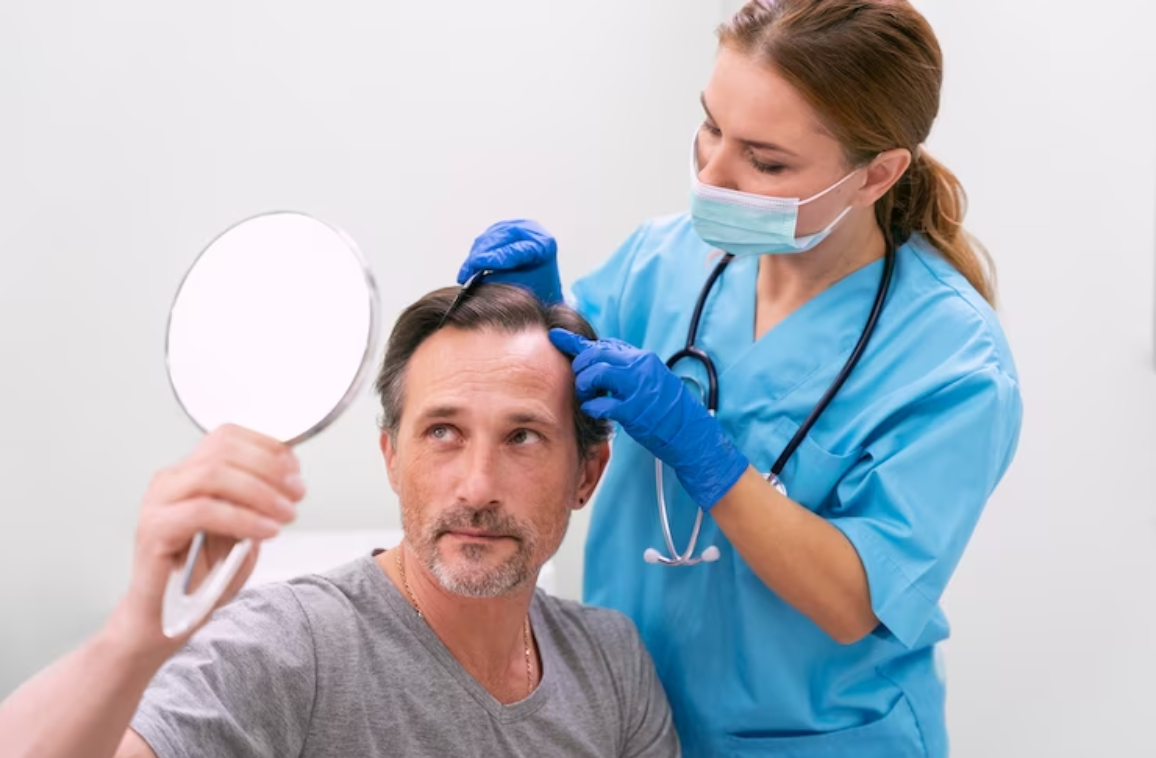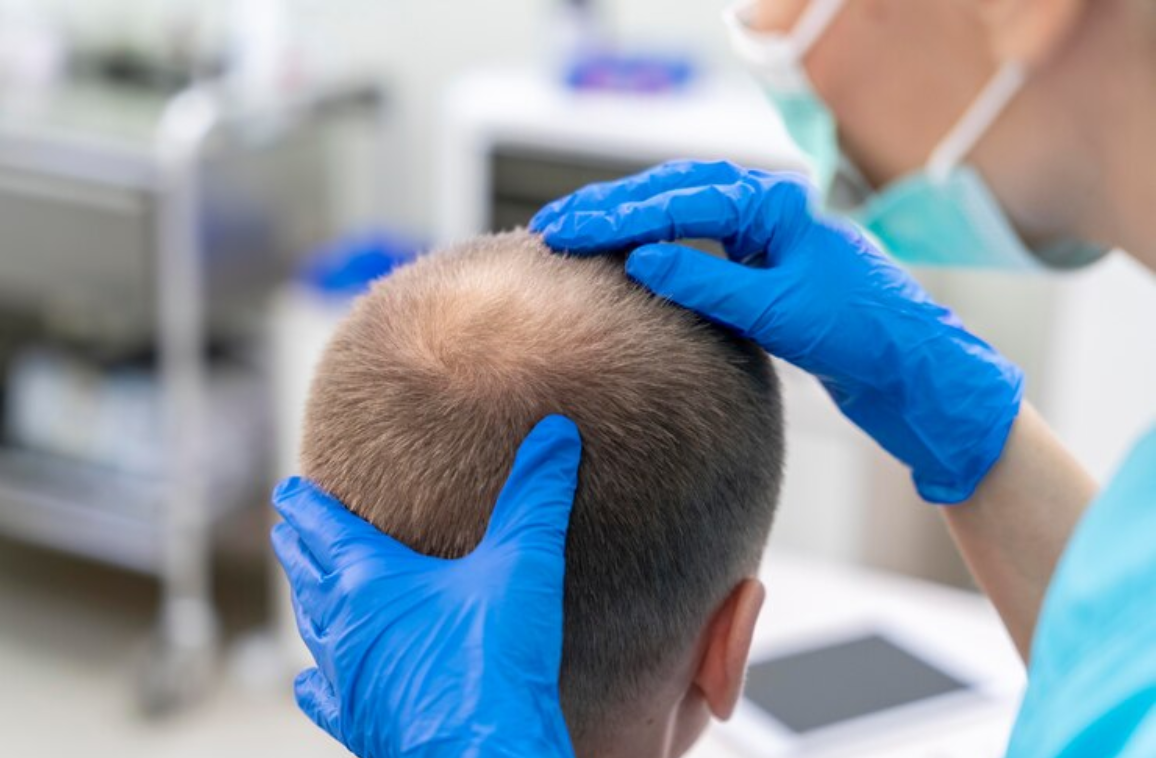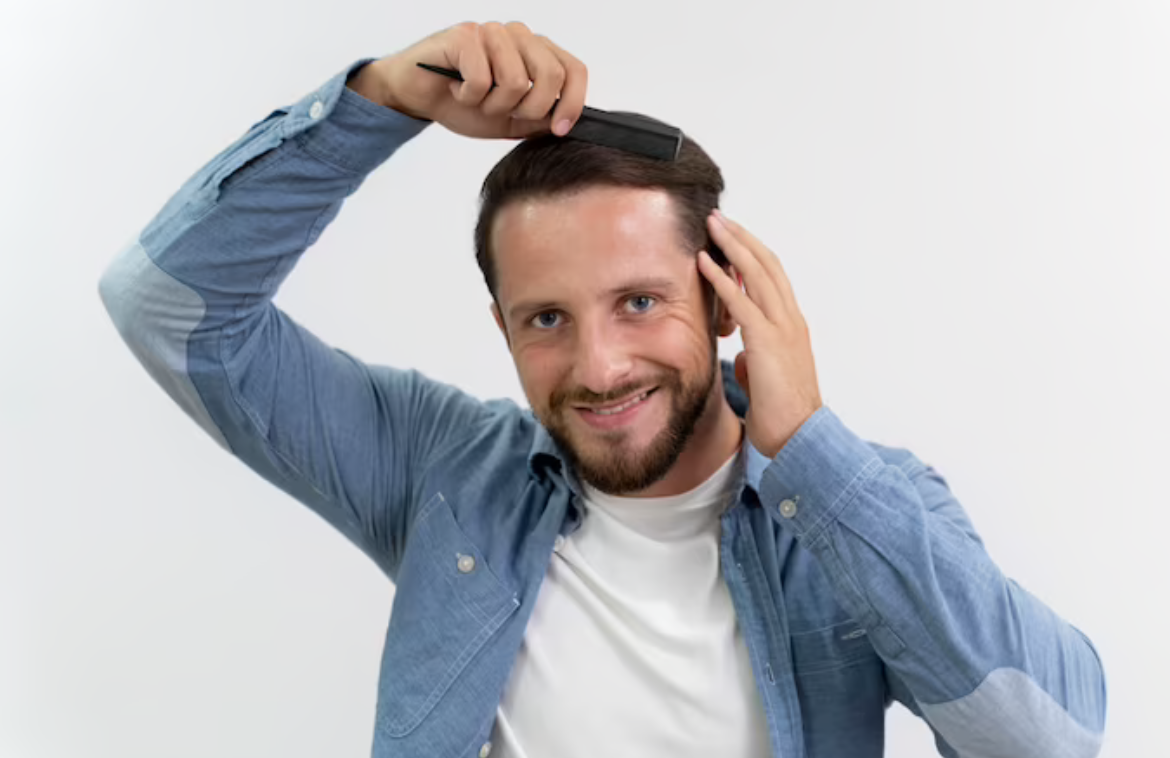Successful hair replacement and re-growth have been notoriously tough codes to crack, especially for women. Now, advanced hair replacement has become very popular with everybody, which could lead to a hairier future for everybody.
Even before the pandemic hit, the hair restoration industry was booming, focusing on stress-related hair loss.
Why is treating hair loss so hard?
Hair loss does persist. People lose their hair for various reasons, among them thyroid and metabolism troubles and possibly air pollution that may require different solutions.
Temporary hair loss is often caused by events such as chemotherapy, stress, or post-pregnancy and can clear up on its own if circumstances change. Other types do require intervention to see improvement: For instance, the autoimmune disorder alopecia areata can be treated with immunotherapy or with injected and topical corticosteroids.
For the average case of male or female pattern baldness (androgenic alopecia), there are indeed a few options that have varying degrees of results and also costs associated with them.
Thus, the main treatment for male hair loss treatment is simply blocking the formation of DHT. While DHT is also a factor for women, hair loss is more complex and difficult to treat. Simply blocking the hormone is often not sufficient, and the main way of performing it has not been approved for women. Not that it does not work, but studies indicate how it can. There are sufficient potential safety concerns for women who are pregnant can become pregnant, breastfeed, or have a family history of breast cancer.
The fact that women are not often great candidates for scalp hair transplants. Hair loss is commonly diffused all over the scalp, rather than concentrated in one bald patch.
Current Hair Loss Treatment Landscape
To start with, there is a surgical hair transplant, which may or may not be performed with robotic assistance and, again, is not always an option for women. Another in-office offering happens to be platelet-rich plasma (PRP) scalp injections, in which platelets are rather separated from a patient’s blood and then injected back into the person’s scalp, which does offer moderate results in a few people.
Minoxidil has proved to be sort of beneficial for both men and women. For topical applications, serums and the like are available. In addition to finasteride in the oral category, supplements can be used.
There is little scientific support behind the ability of vitamins and supplements to help promote hair growth unless the patient is suffering from a nutritional deficiency that needs to be corrected.

Another option is low-level laser (aka cold laser) therapy devices, caps, or wands, which help stimulate the hair follicle and cause growth.
Looking to the future, bioengineered hair, or even hair cloning, as it is more commonly referred to, turns out to be a top innovation. Patients are informed that they are closer to cloning and growing hair in a laboratory. Decades are passing, and this is soon becoming a better option.
Presently, preference is given to doing hair implantation by hand or via motorized equipment, and predictions are that when cloning is done, there will be better robots to help with the transplants.
Another popular and acknowledged therapy on the horizon is using exosomes, which use the same mRNA technology seen in the Pfizer and Moderna COVID-19 vaccines. Exosomes do contain mRNA, which is similar to messenger RNA’ that COVID-19 vaccines are using to tell cells what to do to recognize the virus. Messenger RNA can inform a cell to do several different things, such as grow, shrink, or even produce a certain protein.
Conclusion
On the whole, the most exciting treatment in recent years is here to ensure better hair growth. The future is an advanced hair replacement approach.




